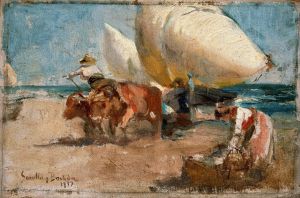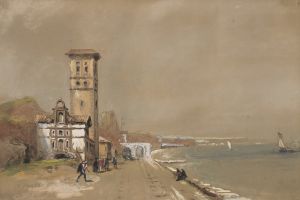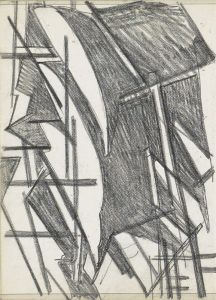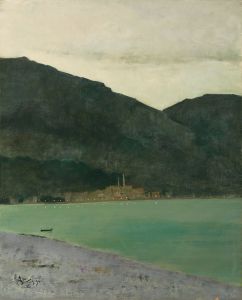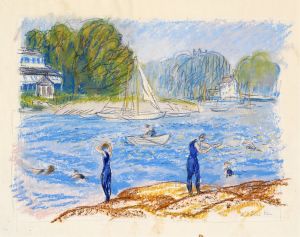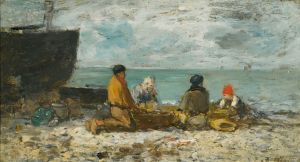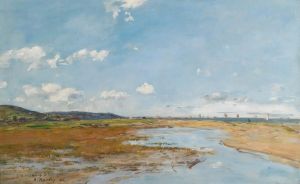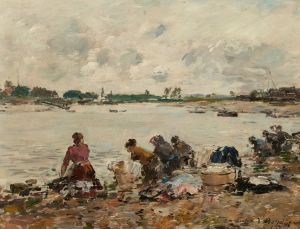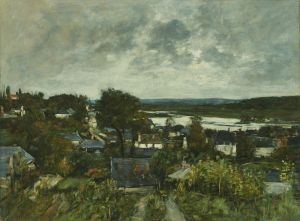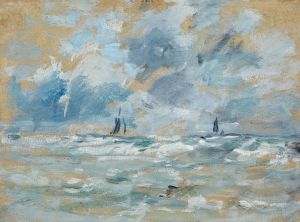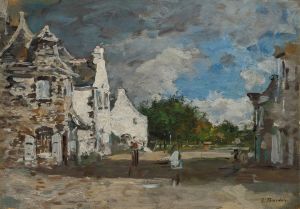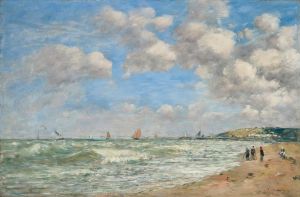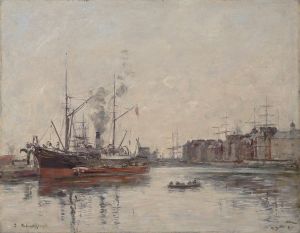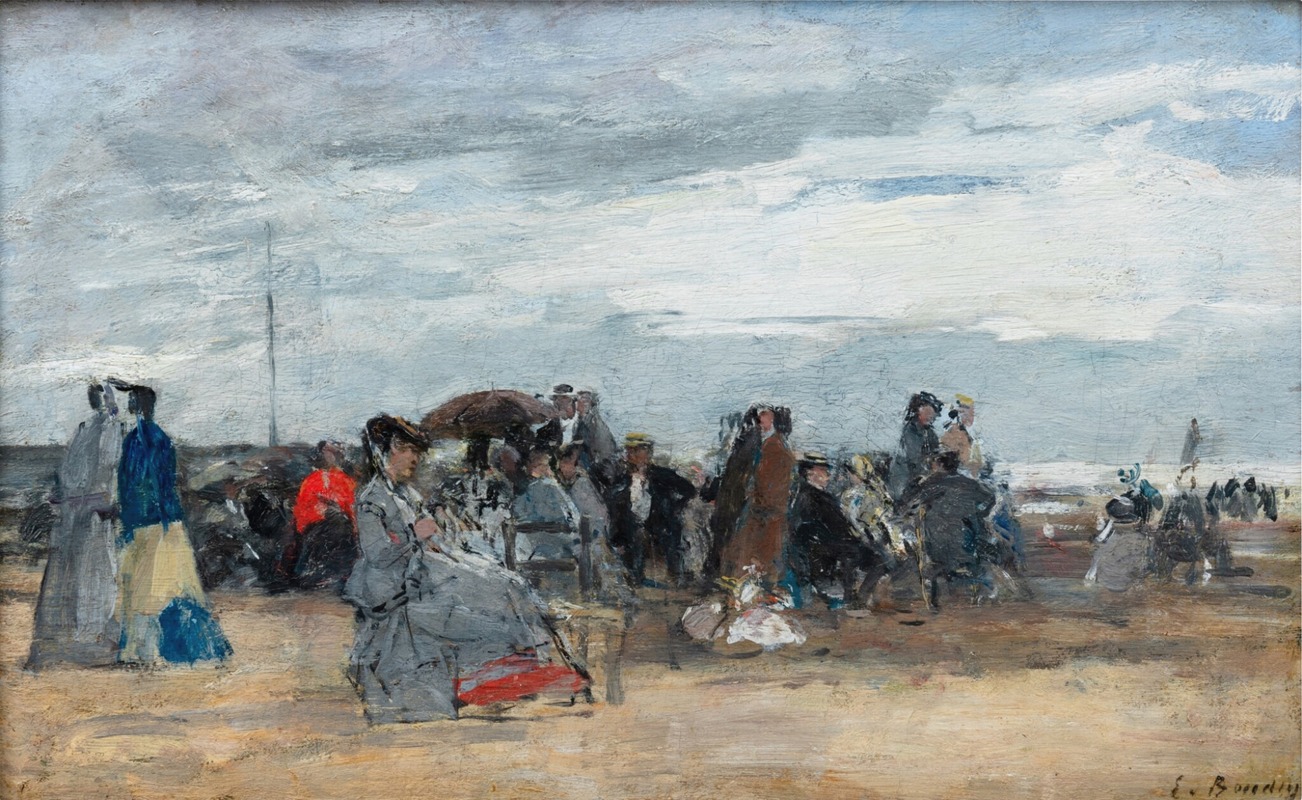
Trouville, Scène de Plage
A hand-painted replica of Eugène Boudin’s masterpiece Trouville, Scène de Plage, meticulously crafted by professional artists to capture the true essence of the original. Each piece is created with museum-quality canvas and rare mineral pigments, carefully painted by experienced artists with delicate brushstrokes and rich, layered colors to perfectly recreate the texture of the original artwork. Unlike machine-printed reproductions, this hand-painted version brings the painting to life, infused with the artist’s emotions and skill in every stroke. Whether for personal collection or home decoration, it instantly elevates the artistic atmosphere of any space.
Trouville, Scène de Plage is a painting by the French artist Eugène Boudin, created in 1864. Boudin is often regarded as one of the precursors of Impressionism, and his works are celebrated for their depiction of coastal scenes and the effects of light and atmosphere. This particular painting is an exemplary representation of his skill in capturing the leisurely activities and the natural beauty of the seaside.
The painting depicts a beach scene in Trouville-sur-Mer, a popular seaside resort in Normandy, France. During the mid-19th century, Trouville became a fashionable destination for the Parisian bourgeoisie, who were drawn to its picturesque landscapes and the opportunity for leisure by the sea. Boudin, who was born in Honfleur, a nearby town, frequently visited Trouville and was inspired by its vibrant beach scenes.
In Trouville, Scène de Plage, Boudin portrays a lively beach scene with numerous figures, including women in elegant dresses, children playing, and men in formal attire. The composition is characterized by its loose brushwork and the artist's keen observation of light and atmosphere. The sky occupies a significant portion of the canvas, filled with soft, billowing clouds that suggest a gentle breeze. The light is diffused, creating a harmonious balance between the sky, sea, and sand.
Boudin's use of color is particularly notable in this painting. He employs a palette of soft blues, whites, and sandy tones to evoke the serene ambiance of the beach. The figures are rendered with a sense of immediacy and spontaneity, capturing the fleeting moments of daily life. This approach to painting en plein air (outdoors) was innovative at the time and influenced many of his contemporaries, including Claude Monet, who would later become a leading figure in the Impressionist movement.
The painting is also significant for its social commentary. By depicting the leisurely activities of the bourgeoisie, Boudin provides insight into the cultural and social dynamics of the period. The beach, once a working environment for fishermen, had transformed into a space for recreation and relaxation for the upper classes. This shift is reflected in the attire and activities of the figures in the painting, highlighting the changing nature of coastal towns like Trouville.
Trouville, Scène de Plage is housed in the Musée d'Orsay in Paris, which holds an extensive collection of 19th-century art. The museum's collection includes several works by Boudin, showcasing his contribution to the development of modern landscape painting. This particular painting is celebrated for its delicate portrayal of light and atmosphere, as well as its depiction of contemporary life.
Eugène Boudin's work, including Trouville, Scène de Plage, remains influential in the history of art. His ability to capture the transient effects of light and his dedication to painting en plein air paved the way for the Impressionists and left a lasting legacy on the art world.





